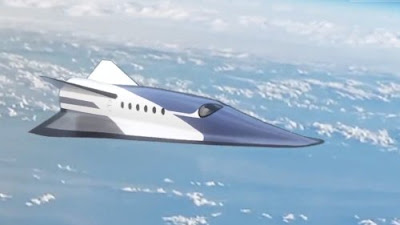DAILY INNOVATION BRIEF by Edward Kane, Journalist
DAILY INNOVATION BRIEF
By Journalists Edward Kane & Maryanne Kane
SCIENCE: CROWS - THE AVIAN EINSTEINS
Source: Stock
- A University of Washington study finds that crows have an uncanny memory of human faces and give gifts to people who feed them. Here's what we know:
- This is a 5-year study by scientists at the University of Washington
- Crows are kind-hearted and are known to bring lost keys, earnings, rocks and bones back to people who feed them - called gifting
- They're fiercely protective and can hold a grudge if you threaten their nest in May or June, which could result in repetitive strikes against the miscreant - so stay clear
- How to make a crow a friend:
- Feed them once a day at roughly the same time with what they like (seeds & nuts)
- Stay a distance away (they're a bit standoffish)
- After several times, you may have a new bestie giving you gifts
- So be careful: if on their bad side (seen as nest threat) you may get attacked; but if you're on their good side (feeding them seeds and nuts), they could bring back your lost keys or earrings.
NASA'S HUGE SOLAR SAIL IS IN ORBIT
- NASA's cutting-edge, huge solar sail is now deployed in space and propelled by the sun. This new technology holds the potential to be one of the most efficient propulsion systems for spacecraft. Here are some key facts:
- It measures 17,780 square feet with thickness less than a human hair
- Called the Advanced Composite Solar Sail System
- Now in low Earth orbit
- Serves as a test on the effectiveness of very large solar sails
- The solar sail harnesses the power of sunlight and starlight to propel vehicles across space
- How it works: protons of sunlight hit the reflective sail and push it forward
- Built by RedWire in conjunction with NASA
- Made of flexible polymer and carbon fiber
- The concept of using sunlight to propel spacecraft goes back to 17th century astronomer Johannes Kepler and was advocated by Carl Sagan in the 20th century
- Experts believe solar sails could prove to be one of the least expensive and most efficient propulsion systems for vehicles in space.
.jpg)


.jpg)
.jpg)



Comments
Post a Comment